calsfoundation@cals.org
Star City (Lincoln County)
| Latitude and Longitude: | 33º56’34″N 091º50’36″W |
| Elevation: | 274 feet |
| Area: | 4.80 square miles (2020 Census) |
| Population: | 2,173 (2020 Census) |
| Incorporation Date: | July 3, 1876 |
Historical Population as per the U.S. Census:
|
1810 |
1820 |
1830 |
1840 |
1850 |
1860 |
1870 |
1880 |
1890 |
1900 |
|
– |
– |
– |
– |
– |
– |
– |
– |
204 |
251 |
|
1910 |
1920 |
1930 |
1940 |
1950 |
1960 |
1970 |
1980 |
1990 |
2000 |
|
396 |
616 |
932 |
1,090 |
1,296 |
1,573 |
2,032 |
2,066 |
2,138 |
2,471 |
|
2010 |
2020 |
|
|
|
|
|
|
|
|
|
2,274 |
2,173 |
|
|
|
|
|
|
|
Star City is the county seat of Lincoln County and is the county’s largest city. It is a center for local agriculture as well as the site of many manufacturing enterprises. The Star City Commercial Historic District is listed on the National Register of Historic Places. Also listed are the Lincoln County Courthouse and the Confederate Memorial located in Star City.
At the time the county was organized in 1871, the county court commissioned John G. Simmons, William S. Stidham, and Francis Sawyer to select a location for the courthouse and to name the new town. The court accepted their recommendation on December 2, 1871, as the location was near the center of the county. For unknown reasons, they named the site Star City, although some contend it was so named because the courthouse was built amid five hills surrounding the site like points on a star. Star City’s first post office opened on March 29, 1872, relocated from Branchville (Lincoln County). On October 2, 1872, the county court ordered the county records and the seat of justice moved to Star City from the interim site at the Cane Creek Church, a few miles away. The court was moved into a leased two-story wooden building.
Star City was incorporated on July 3, 1876, with about 300 residents. Iverson S. Goodwin was elected mayor. M. S. Cook served as the city’s first treasurer. Members of the first city council included Charles H. Lyman, James W. Hellum, James Smith, J. Mart Cunningham, and Edmund D. Petty. The two-story building served as a courthouse until 1880.
Prominent in Star City’s history is the Reunion of Confederate Soldiers. It began in 1880 as a gathering for Confederate soldiers of the area and soon included their families. Eventually, the reunion was open to everyone, evolving into a homecoming celebration of previous residents, many from faraway places. Families served their picnics on quilts spread on a ten-acre field set aside for the Confederate Reunion Dinner. Attendance reached up to 10,000. A special train was required to run from Pine Bluff (Jefferson County) to Gould (Lincoln County), then over to Star City to serve attendees.
In January 1881, a man named Sharpe McNeil was lynched on the outskirts of Star City.
The Friendship Academy opened in 1899 and was operated by the Friendship Association, a group of Baptist churches of the area. The school opened with forty students. The following year, enrollment increased to 100, and then to 150 the year after that. A dormitory housed female students, while male students were housed in homes of association members. The school closed at the end of the 1911 school term. The first public school in Star City opened on November 30, 1904. It was a “free school” for grades one through seven. It was headed by Professor Cal Ross, who was assisted by Ina Ingram. The Star City High School was opened in 1912. The building was the old county courthouse, which had been moved from the court square. In 1919, a two-story brick school building was constructed to provide classes for all grades.
Star City’s early economy was dependent on timber, sawmills, and cotton. For many years, two cotton gins operated in town. One gin was steam driven, and the other diesel powered. A cannery, potato and tomato shed, and other related farm products had operations in town. As the economy diversified, vegetable production on a large scale ceased.
Although a railroad line had operated from Pine Bluff through Gould since 1883, Star City’s first railroad began operating on January 6, 1909. Gould Southwestern ran the train from Gould to Star City. Prior to the railroad offering rail service, freight was hauled by wagons from Pine Bluff. Rail passengers going to Star City were picked up at Gould by J. Gray Atkinson, who operated a buggy taxi. All rail service was suspended in 1959.
In 1915, the town’s first public water system was installed by D. A. McIntosh and J. C. Hellums. The water system employed gravity flow technology with water supplied by springs west of town. The Star City Water Improvement District was formed in 1929. It purchased the system and continued its operation.
In July 1910, an African American man William Hunter was lynched near Star City; national newspapers reported that school was closed for the event and that many townspeople participated in a huge celebration following the murder. In June 1919, an African American man named Clyde Ellison was lynched by a mob. In one version of the story, he was killed for assaulting a farmer’s daughter. In another version of the story, he was killed for refusing to work for low wage on that farmer’s land. In September of the same year, a Black World War I veteran named Clinton Briggs was lynched for refusing to step off the sidewalk for a white woman.
Star City’s first electric power plant was installed in 1920 by Elmer Peirpont Ladd, a planter from Furth, now Crigler (Lincoln County). He sold the plant to West Memphis Power and Water Company. In 1938, C&L Electric Co-op, with a loan from the Rural Electric Association (REA), purchased the system. The co-op replaced power lines and added additional lines. Today, C&L Electric Co-op Corporation supplies power to rural consumers in eight counties.
Natural gas was available in Star City in 1930, provided by Arkansas Louisiana Gas Company. The town’s first sewer system went into operation in 1933. In the twenty-first century, Star City Water Company, a private company, owns and maintains the city’s water supply, as well as sewer service.
Lincoln County had several small schools for Black children but no school that went beyond the eighth grade until 1949, when the Lincoln School was established in Star City through the consolidation of ten smaller schools in and around the county seat. In its first year, classes went only up to the ninth grade, but with each passing year, an additional grade was included until it finally provided all twelve years of education. Despite shortcomings in terms of instructional materials and supplies (typical of how the state funded Black schools at the time), the school managed to provide a good instructional program and various extracurricular activities and even built a new elementary school in 1963. The Lincoln School closed in 1970 as a result of desegregation, with all its students being transferred to the Star City School District.
In 1971, an African American man named Carnell Russ was shot and killed by a police officer for refusing to pay a parking ticket without receiving a copy of the receipt. The lawsuits which followed resulted in a change in federal law procedure regarding investigation of state cases at the federal level.
Star City administration is progressive, demonstrated by many projects in development or planned, including a Boys and Girls Club, a training center to train recent high school graduates for technical jobs, a community garden located at the Senior Center, and a large outdoor screen and stage to allow musical programs and community events.
Industry
A brick plant and a fertilizer plant were located in Star City in the 1920s. In 1955, Byrd Manufacturing Company, a maker of men’s shirts, operated a plant in Star City, which gave a boost to the economy. Byrd Manufacturing’s peak employment was approximately 1,000. Byrd Manufacturing was eventually sold to Levi Strauss and Company, which operated in Star City for many years. School Apparel now owns and operates the factory. National Wire Fabric Corporation has operated a plant in Star City since 1962 and has expanded several times. Southern Specialty also has a wire-manufacturing company in Star City. Tyson Foods operates a processing plant in the town’s industrial district. Rice and row crops of cotton, soybeans, and corn grown in the surrounding area still contribute to Star City’s economy.
Attractions
Cane Creek State Park is located nearby, offering hiking, fishing, and boating recreation. An annual Star Daze Festival features live shows, crafts, carnival rides, food vendors, and a car show. Attendance for the three-day festival in 2010 was approximately 20,000. The Lincoln County Fair is held in Star City. A museum is planned for the old Veterans of Foreign Wars (VFW) facility. A walking trail surrounds the site, and an additional trail with an arched bridge is planned. The VFW is located at the Confederate Reunion Dinner site.
For additional information:
The Goodspeed Biographical and Historical Memoirs of Southern Arkansas. Easley, SC: Southern Historical Press, 1978.
History of Lincoln County, Arkansas, 1871–1983. Dallas, TX: Taylor Publishing Company, 1983.
White, Bertha. “How Star City Was Named.” Arkansas Gazette Sunday Magazine. October 30, 1932, p. 6.
Helen Pennington
Pine Bluff, Arkansas
 Grapette Mural
Grapette Mural 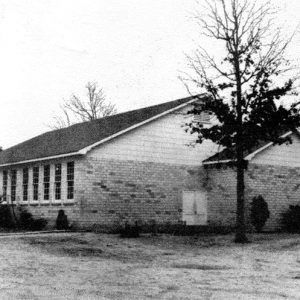 Lincoln High School
Lincoln High School 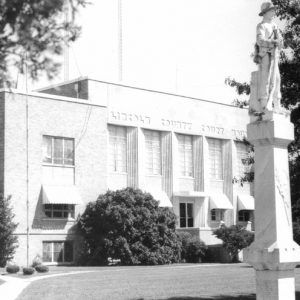 Lincoln County Courthouse
Lincoln County Courthouse  Lincoln County Map
Lincoln County Map  Matthews Garage
Matthews Garage  Star City Airport
Star City Airport 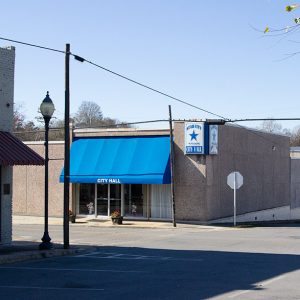 Star City City Hall
Star City City Hall 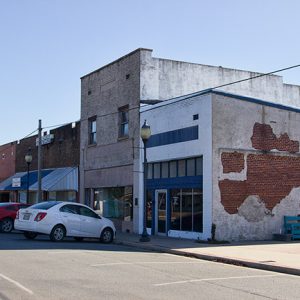 Star City Commercial Historic District
Star City Commercial Historic District 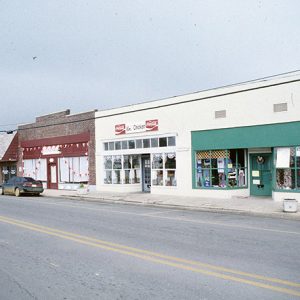 Star City Commercial Historic District
Star City Commercial Historic District 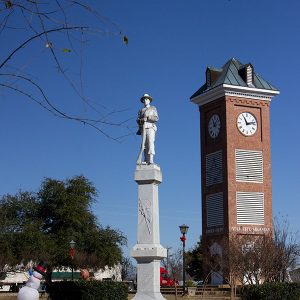 Star City Confederate Memorial
Star City Confederate Memorial 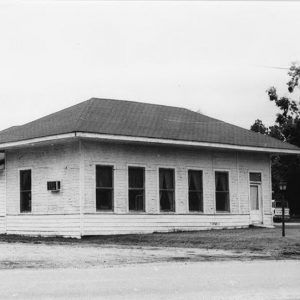 Star City Depot
Star City Depot 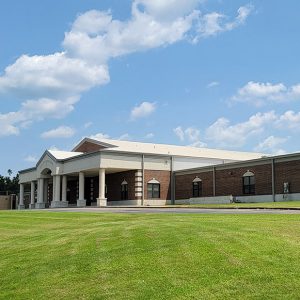 Star City High School
Star City High School  Star City Mural
Star City Mural 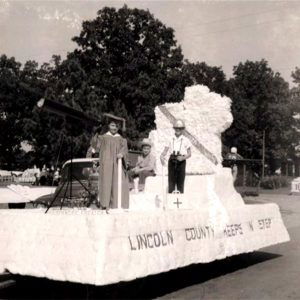 Star City Parade
Star City Parade 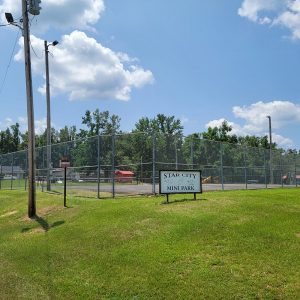 Star City Park
Star City Park  Star City Police
Star City Police  Star City Schools
Star City Schools  Star City Street Scene
Star City Street Scene 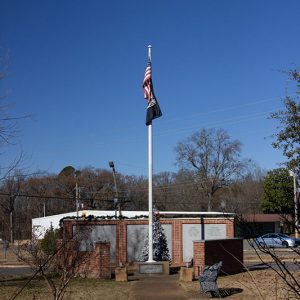 Star City Veterans Memorial
Star City Veterans Memorial  Star City Water
Star City Water 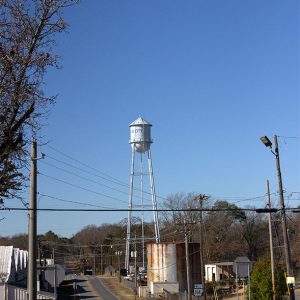 Star City Water Tower
Star City Water Tower 



This is very interesting and exciting to read about. Although I’m not originally from Star City, I’ve lived here for quite a few years and have grown to love this area, so anytime I am able to learn a bit of history about the town I’m very intrigued and excited to learn it.